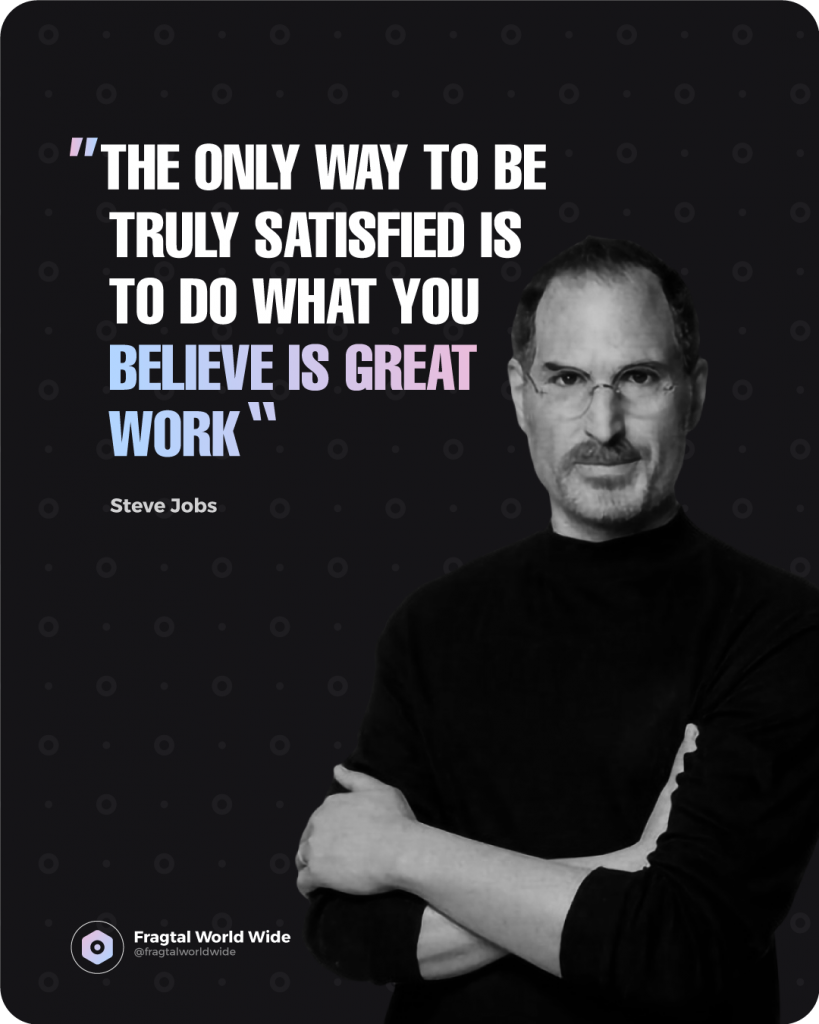There is no doubt that differentiation is a marketing strategy that companies use to distinguish a product from similar offers in marketplace. This can provide a competitive advantage in a market dominated by big companies. What does it mean? The brand´s differentiation strategy must deliver a message that the product is positively different from the other similar products. Gomez, D. (Bueno Bonito and Carito, 2017) “A company must work on a differentiation strategy focus on a perceived value among consumers and potential customers” Definitely, this book which involves an important research on the value proposition in every company, will help you to understand why you should create a, efficient diferential, because a great number of companies choose to compete in price.
To read this book you don’t need to be a branding specialist, you just need to understand that commercial relationships go beyond a law of supply and demand, but rather of mutualism. It all starts with those customers who are looking for the best solutions and are willing to pay for them. In other words, the differentiation strategy allows companies to compete in other areas beyond price. For instance, a candy company can differentiate its candy from other brands in terms of taste and quality. An automobile manufacturer may differentiate its vehicles series as an image enhancement or status symbol, while other companies focus on cost savings.
It is important to identify the relationship between something expensive and something valuable too, since selling something that satisfies an emotional need will help the customer decide whether to buy it or not. This is where David Gómez proposes ten differentiation alternatives that will help to identify what is showed as a brand and what others cannot offer:
1. Positioning: This is because you as a brand must identify a special attribute, and at the same time, to determine what you sell and how you sell it. It is important to stimulate senses at the right time, which will allow you to solve the same needs as the competitors, but in a different way.
2. Product features: You should look for or promote something in your product that no one else has, starting from the particularity as an exclusive component of differentiation.
3. Service level: It is important to emphasize that is not just a product, you also sell a service. Offering unique and memorable processes will make the brand go beyond the service standards already established by the market.
4. Storytelling: The mind loves to know the story, and finding in your brand a purely emotional differential or a story that differentiates your business, can help you turn your company into something with greater meaning and transcendence.
5. Market niche: Identifying the specific segment of people with common interests, will serve to provide a right solution to a target group and strive to meet their needs.
6. Customer experience: The customer must feel unique and special, before, during and after purchase. This commercial relationship of warmth and accompaniment will strengthen bonds and will make your brand different.
7. Specialization: Highlighting that your brand does something much better than the rest, using a depth in its portfolio and variety, will make customers choose to pay for your professionalism.
8. Distribution: This refers that the brand should be in more convenient locations. The physical presence in front of customers will allow you to explore new ways of selling to your target market or audience.
9. Design: Aesthetics makes the customer feel attracted to what the brand triggers and at the same time, the company strengthens its corporate identity. This is due to the fact that a product must be specially designed for new consumers and also do it with glamour.
10. Processes: It is important to communicate a different way of doing things. That is, steps, organization and care. Like the water bottles sold when they use biodegradable packaging. This will give different value, by highlighting that the brand not only cares about its products, but also has a social value.
David Gómez states, when a brand does not differentiate itself, it becomes part of a huge group of substitutable options. This means that in customer’s eyes, the brand is similar to others, the decision will be made based on price and the attitude will be of indifference. Many do not pay attention to it because they do not consider it so important. That is why, before continuing on the road to differentiation, it is essential to be clear about why you are making the effort.
Bueno Bonito y Carito highlights differentiation as a crucial part of achieving customer preferences. That is the goal, that regardless of any variable that may affect the customer’s purchase decision, the differential is so strong and unique that it makes the customer choose your brand. No matter how many temptations you receive from competitors, if the differential is solid, they will not be unfaithful (or at least significantly reduce the odds). Designing your differential, however, is not a one-time process; it is a first-time process. Building your differential must be an agile process, because you will have to do it over and over again.
The company cannot fall in love with a great argument that resonates with its customers today, because tomorrow it may be obsolete. Holding on to what is working is the beginning of the end. Of course, you have to win when things are going well, but the brand can’t stop thinking it will be sustainable for long periods of time. In the past, differentials could remain for decades. Gomez, D. (Bueno Bonito y Carito, 2017) “Recognized brands use their exclusive access to platforms that become barriers to entry for the vast majority of companies that would like to have market share.”
That’s when the unbreakable laws of Bueno Bonito y Carito appear
Law #1: There will always be someone willing to offer a lower price than you.
It’s not that the brand can’t use price as its main tool to attract customers. The point is that there will always be someone willing to offer the lowest the price, so pretending to always have the lowest price is nothing more than a plan that will be failing in a short period of time.
Law #2: Not everyone wants to buy cheap
The customer always has the money, and if they don’t, they get it. When someone objects to the price, it’s not that he doesn’t have the money, it’s that he’s not clear why he should give it to the brand. The problem is not the cost, it’s that they don’t understand why.
Law # 3: If the customer doesn’t look a difference, he will decide for price
If your value proposition looks like your competitors, the customer will decide by the only factor he will be able to compare: price. This does not mean that it is not different, it means that the customer is not perceiving it differently. If it is not obvious it does not exist.
Law #4: Not everyone is a potential customer
There is only one thing worse than having no customers and that is having bad customers. Pretending to be everything to everyone makes you nothing to anyone. Stop chasing the wrong customer and focus on those who appreciate your added value.
Law # 5: Not everything different is a differential
Watch out for false differentials. Good service or good quality is not a differential, it is an expectation. If an added value is irrelevant, it will only be an added cost, something that costs you more but that customers will not be willing to overpay for.
Law # 6: A good differential is unique, valued and specific.
If what you consider your differential is something that your competitors also have, then it is a strength, not a differential. If your differential is something generic that does not allow customers to associate it with a specific benefit, it is not a differential.
Law #7: Your differential is not what you say, it’s what you do, every touchpoint is a signal you send to your current and potential customers about what makes you special and different. You must be consistent in every experience and everything the brand stands for.
Law #8: You have to “cluck” your eggs
To be perceived as different, it’s not just about being special, it’s about how you present it so people recognize it. You have to communicate it, expose it, amplify it and promote it.
Law # 9: The differential does not have to be in the product
To differentiate yourself you do not need to have a unique and distinctive feature in your product. There are a total of 10 alternatives or ways to differentiate yourself, the product or service itself is only one of them. In the end it is not about what you sell, but how you sell it.
Law # 10: No differentiation is forever
Differentiation is an ongoing process. We give customers reasons for preference over the years, so they can choose the brand over others. Differentials complete their cycle when they are linked by competitors or when they cease to be relevant to customers.
In Bueno, Bonito y Carito you will learn how to design your differential and how to communicate it in the right way, so that customers recognize it. Bueno, Bonito y Carito is not a book, it is a way of thinking, a philosophy and an attitude towards the market. You must believe it and trust that you, your company and what you sell is valuable.


















